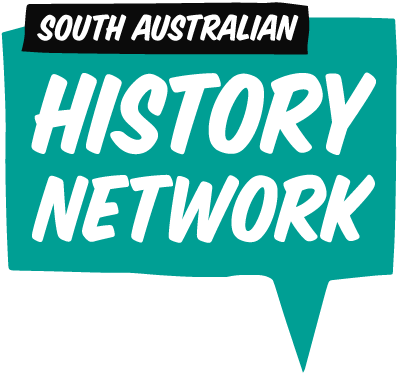A biography of William Cade (1883-1957), the founding conductor of Adelaide Symphony Orchestra was launched last week at the Grainger Studio in Hindley Street, the home of the ASO. The new book, called The Flying Conductor was written by his granddaughter Avril Dalby, and part-funded by a History SA 2011-12 South Australian History Fund.
As well as the founding conductor of the ASO in 1936, William Cade played a significant role in expanding the musical life of 20th century Adelaide and was instrumental in setting up a 75 member Students’ Orchestra, the first in Australia.
Paul Blackman, ASO’s Human Resource Manager who also looks after ASO Heritage, introduced the event which featured a wonderful duet written for Cade in 1933 which had been only recently discovered in the University of Adelaide library. It was performed by ASO orchestra members Minas Berberyan (violinist) and Imants Larsens (violist and Associate Principal), while Minas later performed another exquisite piece with ASO member Suzanne Handel (harpist and Associate Principal).
Jo Peoples, Curator for the Performing Arts Collection in South Australia officially launched the book.
The launch party was well attended by family, friends and members of Adelaide’s performing arts community. Avril was kept busy signing books, while light refreshments were served courtesy of Adelaide Hills U3A Family History group who had played an important part in encouraging Avril with her writing project, her first published book.
The Flying Conductor is printed by Hyde Park Press and costs $50 and available via the author through her website






Recent Comments